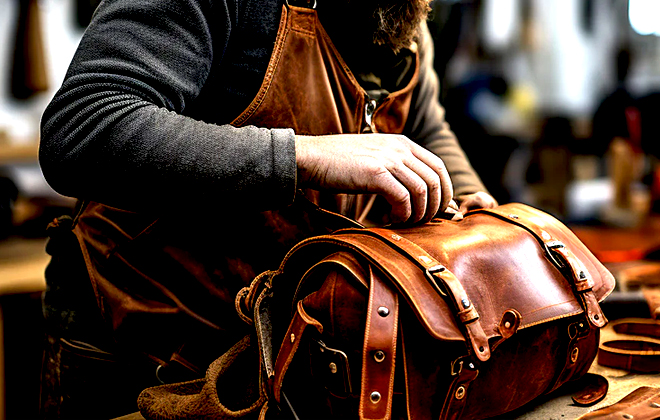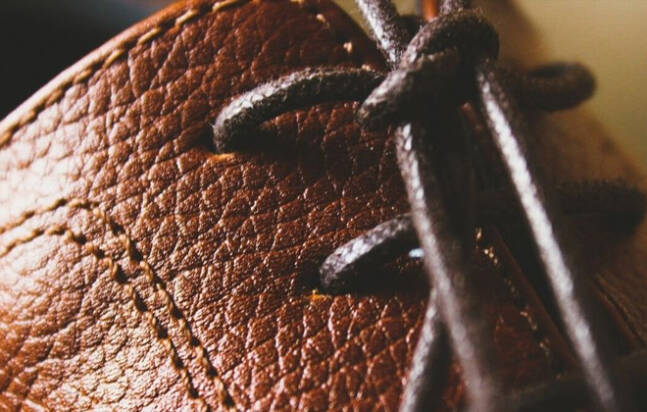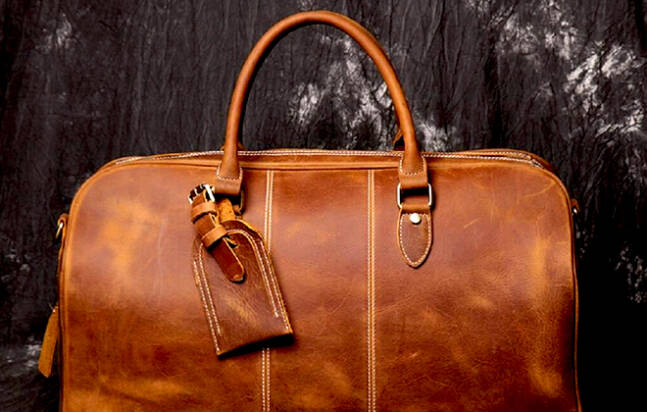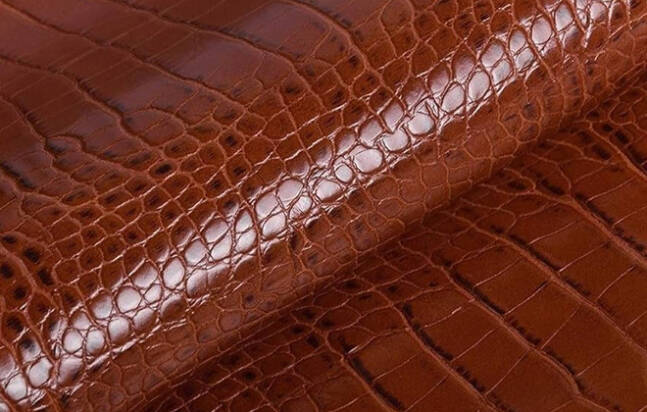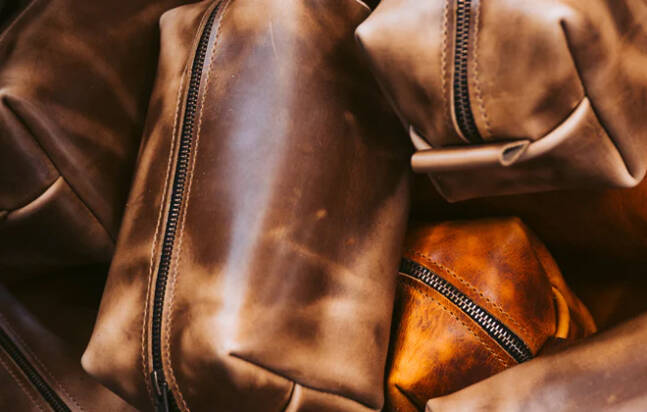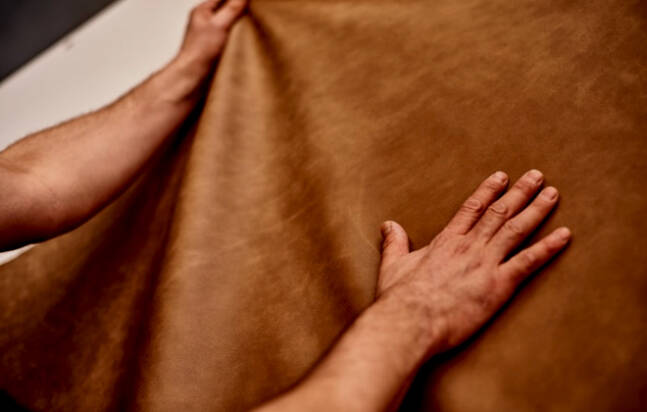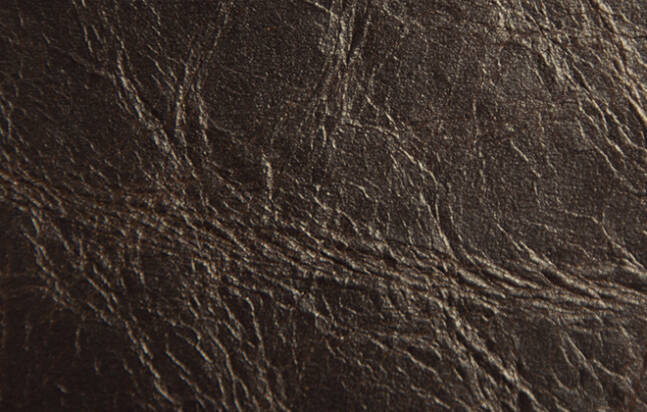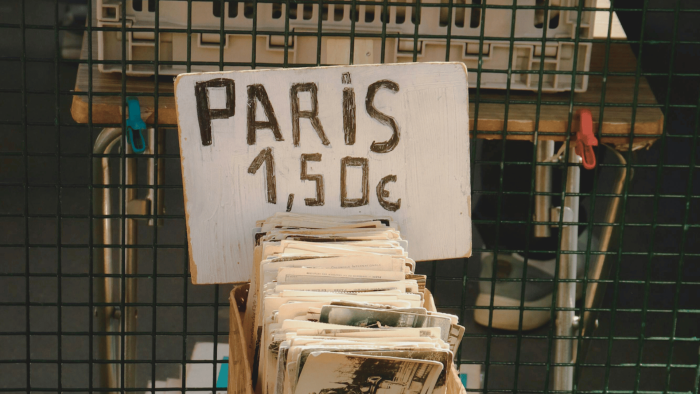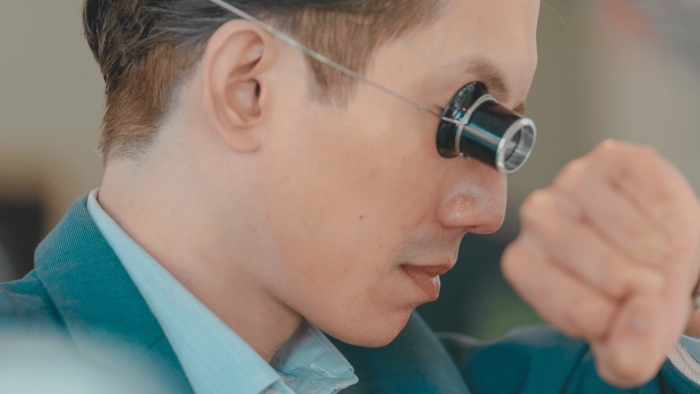Genuine leather, including cowhide and sheepskin, serves different purposes deoending on the animal it’s from and how it’s processed. Cowhide is valued for its durability and flexibility, making it ideal for durable products like belts and shoes. On the other hand, sheepskin is popular for its softness and comfort, often used in luxury items such as jackets and gloves. The quality of leather significantly impacts the longevity of the end product, discernible through texture, smell, and grain pattern.
Whether you’re seeking a new leather jacket or just looking to make an informed purchase when the time comes, this guide will help you understand the differences between various grades of leather.
An Overview of Leather Grades
- Full-grain leather: The highest quality of leather obtained from the top layer of the hide, retaining its natural marks and patterns
- Top-grain leather: Similar to full-grain, features a polished surface with imperfections removed
- Corrected-grain leather: Lower quality than full-grain and top-grain, with an artificial grain applied to conceal imperfections
- Split leather: Made from the underside of the hide, it’s commonly used for suede
- Bonded leather:
What Leather Is Used For Clothing?
Full-grain leather, the most commonly used type of leather for clothing, is the top layer of the animal hide and prized for its durability, breathability, and versatility. Top-grain leather, the second layer of the animal hide and slightly less durable than full-grain leather, is also popular due to its affordability. Suede leather, made from the underside of the animal hide and known for its soft, velvety texture, is a luxurious choice. Nubuck leather, similar to suede leather but made from the top-grain of the hide and sanded to create a soft, velvety surface and matte finish, is another luxurious option. All of these types of leather are used for a variety of clothing items, including jackets, pants, skirts, shoes, gloves, hats, and bags.
How Is Leather Finished?
Leather can be finished in various ways, such as aniline, semi-aniline, and pigmented finishes. Aniline finish involves using transparent dyes to maintain the leather’s natural look. Semi-aniline finish adds a protective coating while preserving some of the leather’s texture. Pigmented finish applies a layer of color and protective coating for a uniform appearance.
What Is a Leather Hide?
A leather hide is the raw material used to make leather products. It is the skin of an animal that has been processed and treated to make it suitable for use in various industries. Leather hides come from different animals, such as cows, sheep, pigs, and goats. They are sourced from farms or through hunting.
Full grain leather
Featuring the natural grain pattern of the hide, full grain leather stands as the highest quality type of leather. Its production involves using the outermost layer of the hide, showcasing the natural markings and full grain layer, providing the highest quality material.
What full grain leather is used for: Full grain leather, known for its natural characteristics, finds extensive use in high-quality leather goods like bags, wallets, and belts. It serves as a durable and natural material for leather furniture, making it a preferred choice. Fashion accessories such as leather jackets benefit from the natural qualities of full grain leather, giving them an authentic appeal. Additionally, the unique qualities of full grain leather make it suitable for book covers, providing a natural and timeless look.
Top grain leather
Top grain leather, unlike full grain leather, presents the top layer of the hide to create a consistent appearance. Through a process that eliminates the natural grain layer, it achieves an artificial grain look, offering uniformity, durability, and natural qualities that make it a favored choice. The production involves the outer layer of the hide, resulting in its uniform appearance.
What top grain leather is used for: Top grain leather finds diverse uses in making durable and appealing fashion accessories. It is also a popular choice for manufacturing furniture, book covers, and various leather goods, albeit those that don’t need full grain leather to attract a buyer (or when money prevents it). Through tanning and dyeing processes, this type of leather is transformed, creating beautiful patina and a uniform appearance that enhances its appeal.
Corrected leather
Corrected leather involves sanding to eliminate imperfections from the grain layer and then embossing an artificial grain onto the leather, resulting in a consistent appearance. Compared to full grain or top grain leather, corrected leather is less durable.
What corrected leather is used for: Corrected leather finds application in various leather products such as mid-market furniture, book covers, and fashion accessories. It offers an affordable alternative for those desiring the appearance of genuine leather, but without having to shell out a bunch of cash to acquire it. It is, however, less durable than full grain or top grain leather.
Bonded leather
Bonded leather, often marketed as a cheaper alternative, is not real leather but a mixture of leather scraps and other materials. It lacks the durability and long-lasting quality of genuine leather, with a tendency to peel or crack over time. Consumers need to differentiate between bonded leather and genuine leather when making purchasing decisions. While bonded leather may offer a more affordable option, buyers need to understand the trade-offs in terms of quality and longevity.
What bonded leather is used for: Bonded leather, a synthetic material combining leather fibers and a non-leather backing, is a more affordable alternative to genuine leather, but with reduced durability. Commonly used in furniture, clothing, and accessories, bonded leather is particularly well-suited for applications where cost is a primary concern, wear and tear is minimal, and easy cleanability is essential. However, its limited durability compared to genuine leather should be considered before purchase.
Faux Leather
Faux leather, also referred to as synthetic leather, is crafted from polyvinyl chloride or polyurethane or various types of plant fibers, allowing it to be a cost-effective and animal-friendly substitute. The solvent-based dyeing process gives faux leather a consistent appearance, making it suitable for a variety of applications such as fashion accessories, upholstery, and book covers. Unlike genuine leather, faux leather lacks the ability to develop a charming patina over time, and while it may not be as durable as real leather, it offers an accessible alternative for individuals seeking animal-free options.
What faux leather is used for: Manufactured from synthetic or natural materials to emulate real leather, faux leather is widely used in furniture, clothing, and bags, providing an animal-friendly alternative. Commonly found in shoes, jackets, and furniture upholstery, it is created using polyvinyl chloride or polyurethane, resulting in a less natural appearance. As an artificial grain material, it offers a uniform look and unique characteristics, making it a popular choice for various products. Faux leather provides consumers with an option that mimics the aesthetics of real leather while aligning with animal welfare concerns.
More Uncommon Types of Leather
Aniline leather
Aniline leather has a natural appearance, soft texture, and develops a beautiful patina over time. Its production involves aniline dyes that aren’t soluble, ensuring a consistent look with natural markings and texture. Unlike other types, it prominently displays the leather hide’s natural grain and distinctive features without any artificial top layer. Aniline leather sets the standard for natural leather grades, making it a sought-after choice for premium products.
Semi Aniline leather
Semi aniline leather, in contrast to aniline leather, experiences a light protective finish, which increases its durability. This type retains the natural markings of the hide while providing a degree of protection, maintaining its softness and natural appearance. Its production process entails applying a light topcoat that enhances longevity and offers increased resistance to stains, ensuring added durability.
Antique grain leather
Featuring distinctive markings for an aged appeal, antique grain leather, or distressed leather, undergoes a unique distressing process, adding depth and character to the material. This type of leather showcases natural variations and markings, offering a vintage and rustic look unlike other types. With its distinct aesthetic quality and aged appearance, antique grain leather stands out among leather grades, providing a one-of-a-kind visual appeal.

